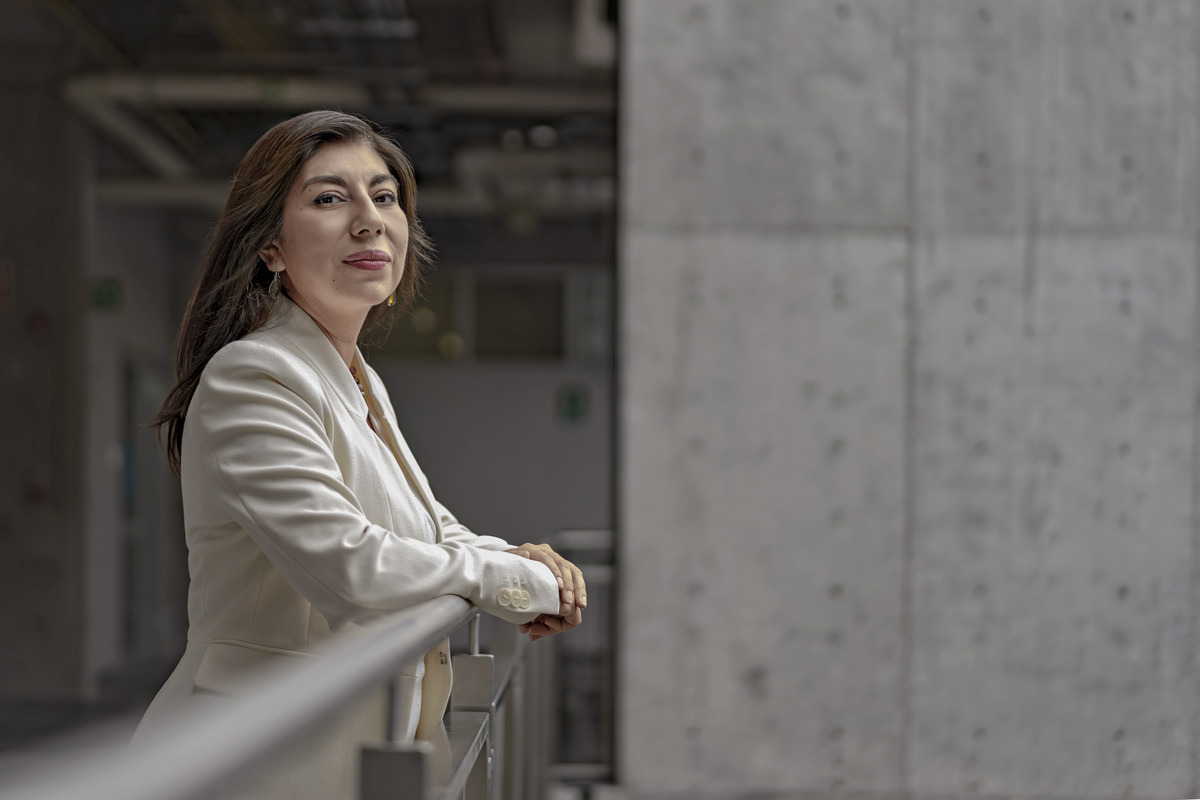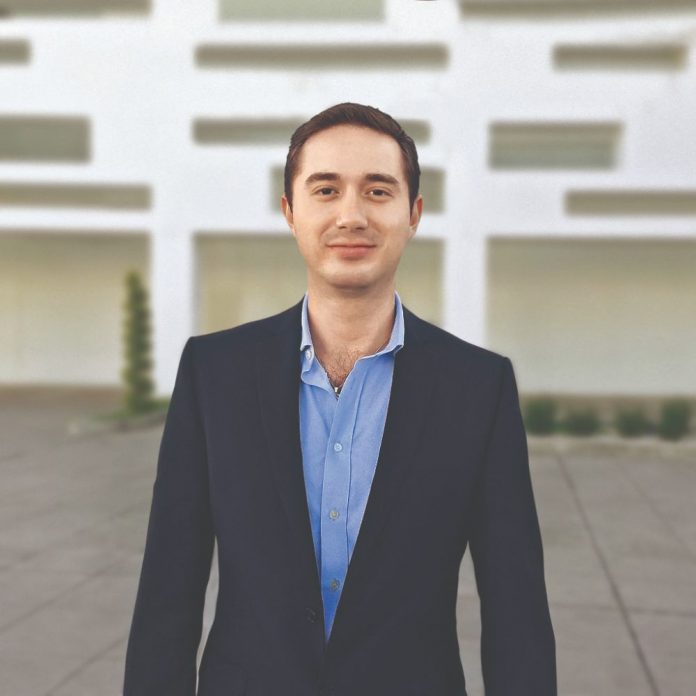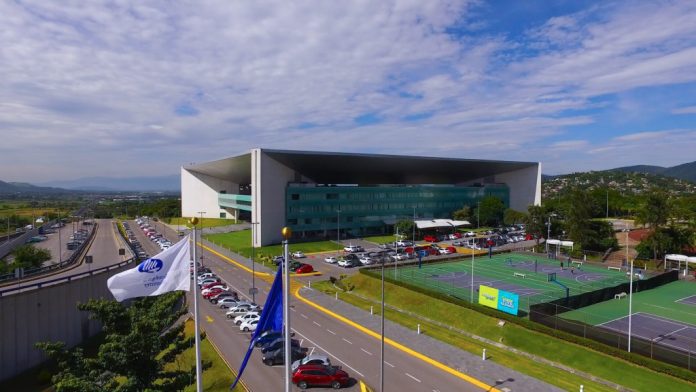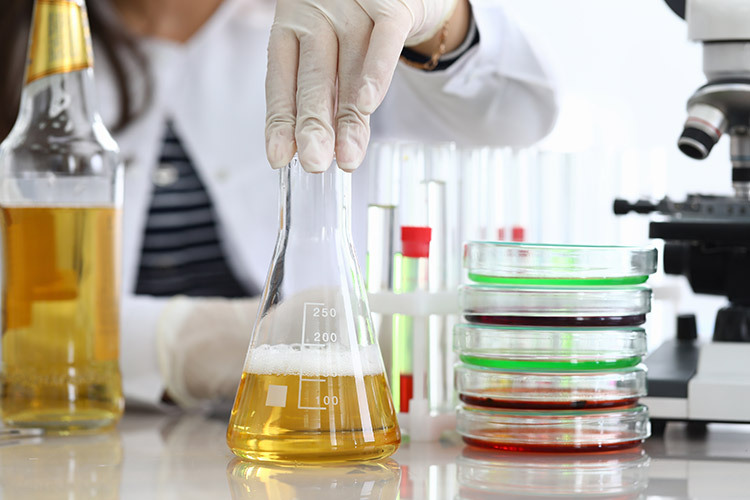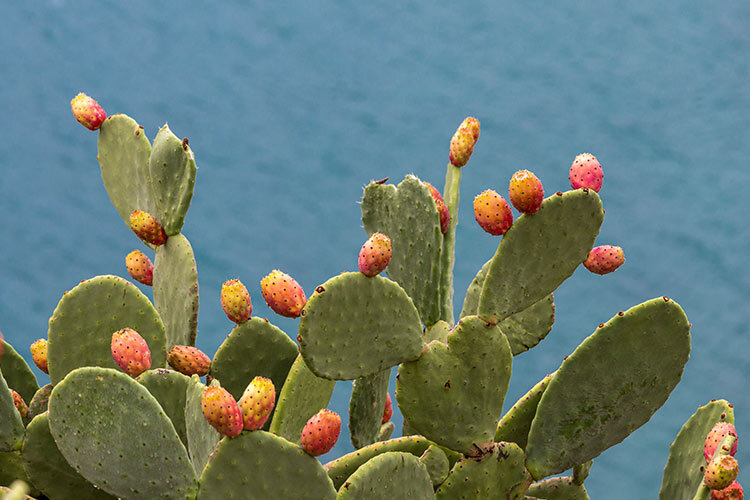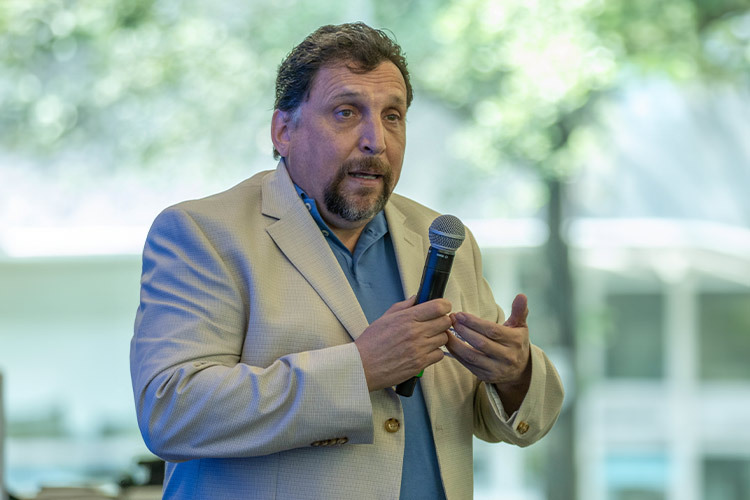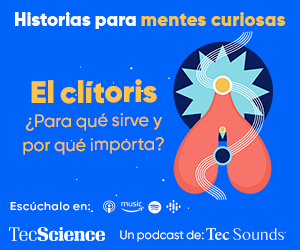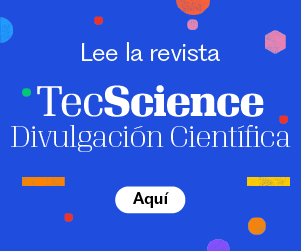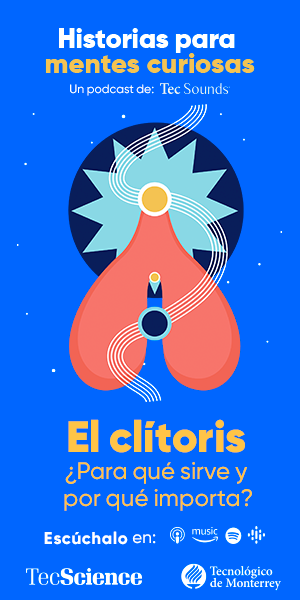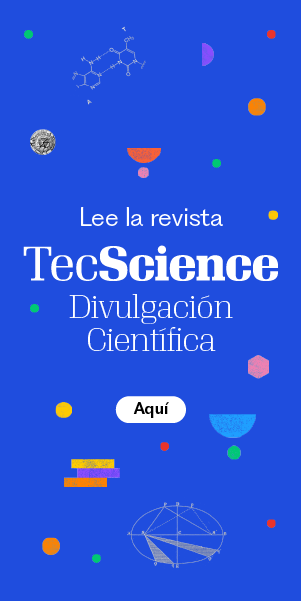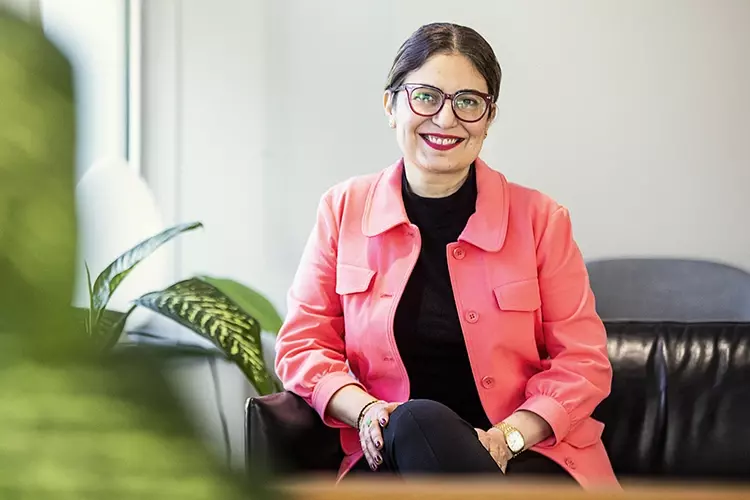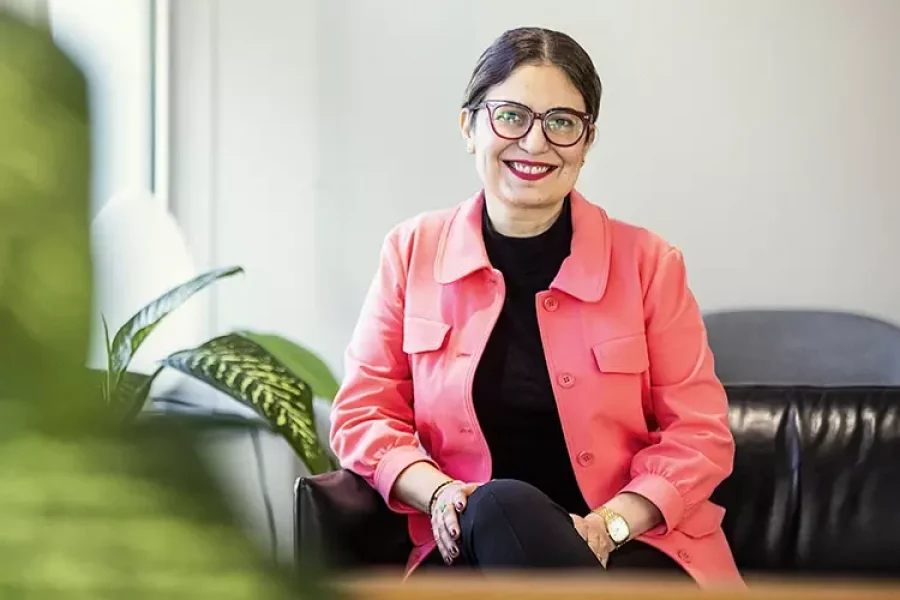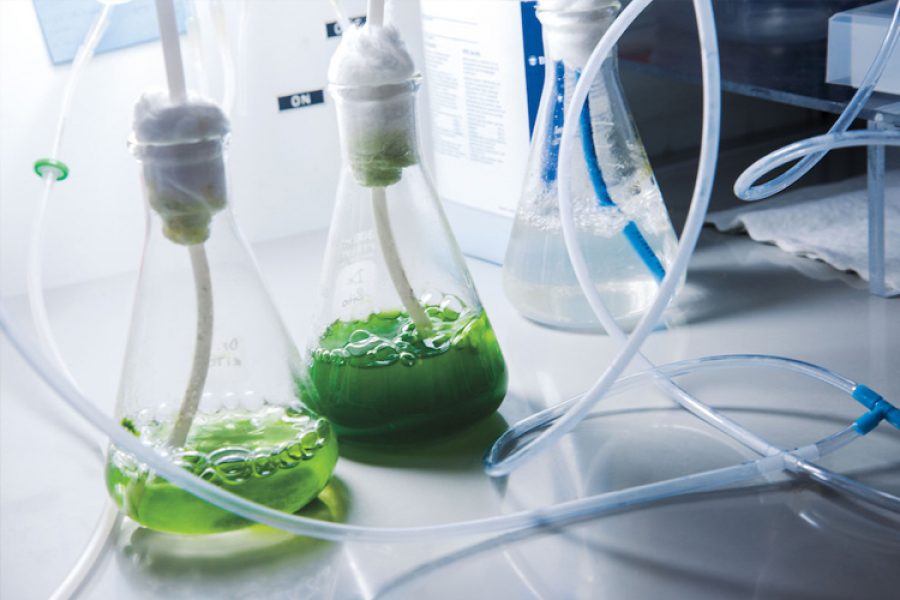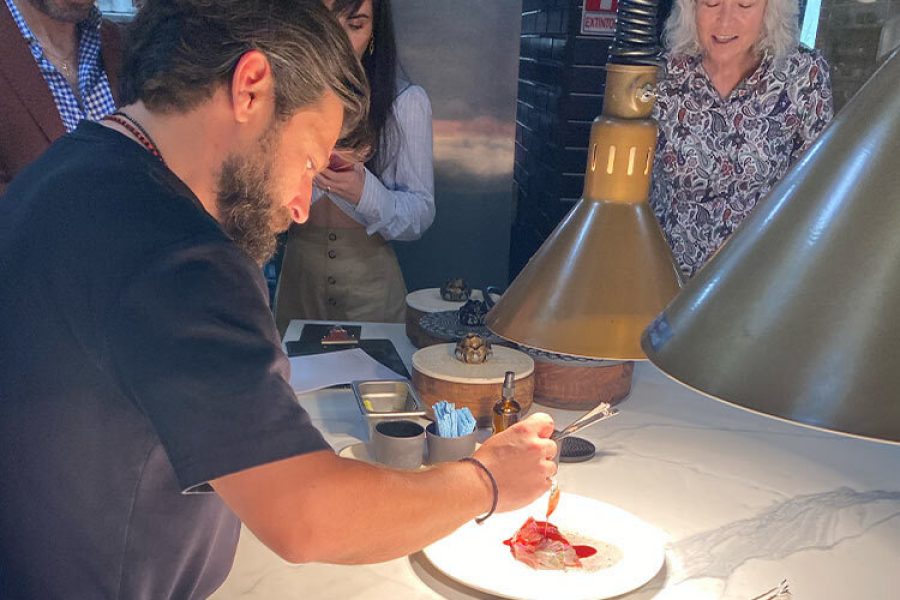Although many would say that art and science are opposites, Aurea Karina Ramírez is not one of them. This winner of the 2023 Mujer Tec Award for Science has always been passionate about painting, literature, and history.
She grew up in Oaxaca, surrounded by the galleries, museums, and churches in its historic center, at the heart of a family dedicated to culture. “My mom worked in Santo Domingo, and I spent all my time in painting and pottery workshops; I knew the collections so well that I even know which year certain pieces were made,” she says excitedly, her tone revealing that she had a happy childhood.
“I was certain that I was going to be a painter; I even won several competitions. But I also really liked science. I loved reading pop science books and understanding how things worked, as well as reading stories about what the cities of the future would be like.”
Our interview takes place in the Bioengineering Center, the newest and most striking building on Tec de Monterrey’s Querétaro campus, a concrete structure with angled panels that allow light to enter and give it an airy feel. There aren’t many people here this Friday morning in July because of the vacations.
Even so, some researchers continue working at one of the 12 laboratories in this innovative space that allows them to perform genomic and metabolomic studies, as well as biomarker tests.
Aurea receives me in the teachers’ area. Today, she isn’t wearing the lab coat I’ve seen in her photos, sporting a colorful light blouse instead. Also the recipient of an Inspiring Teacher Award in 2021, the researcher has a broad and easy smile, is sure of herself, and speaks very clearly. She seems very open to talking about everything.
When I ask her how she came to be at the Tec, she tells me that her good grades had earned her a scholarship to study at Prepa Tec in Querétaro when she was 15. After that, when it was time to choose a degree course, she ended up choosing Food Engineering despite her belief that she would be an artist. “I was struck by the beautiful labs and the professors in their lab coats.”
She later concentrated on the topic of functional food and studied for a master’s and a PhD at the Autonomous University of Querétaro (UAQ). Dr. Ramírez returned to the Tec as a full professor. After working on projects at several campuses, she was later able to switch to the research professor model and base herself in Querétaro, a campus that offers huge opportunities to scientists working in the food sector.
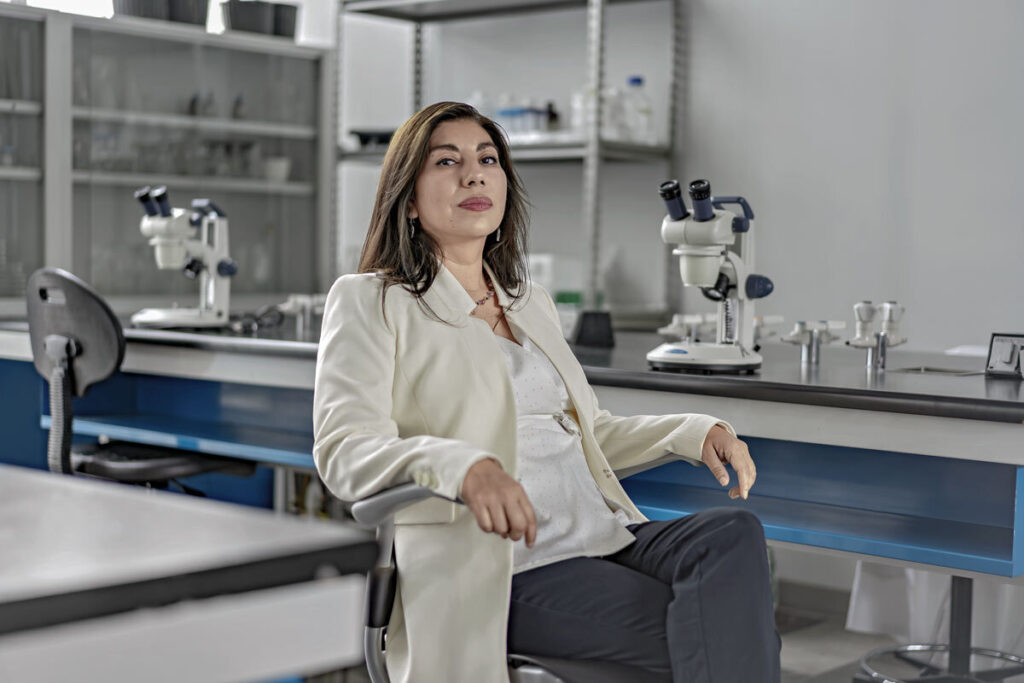
Behind nutrigenomics
She is currently working on different lines of research. One of her projects, developed alongside Dr. Marcela Gaytán at UAQ, is a candy made of fruit peel and bagasse that helps reduce the percentage of fat in the liver, as well as modulate the gut microbiota in children who have some degree of obesity.
Another project focuses on utilizing thousands of kilograms of fiber waste from distilling mezcal to incorporate it into functional foods and thus enrich them with antioxidants and fiber.
Your research work focuses on nutrigenomics. I’m sure there are a lot of people who don’t understand that term…
Hardly anybody knew it 10 years ago. I learned it in my graduate studies and took an interest in it, which allowed me to refocus my PhD project. I decided not to only look at the formulation of the product, but also do a clinical study to identify what happens to the body when it’s consumed.
People have more information today; they’re more aware of these things. We now know that there’s a connection between diet and the development of diseases. We know which metabolites and genes are activated when you have a certain type of diet, how diverse your microbiota might be, and so on.
One of the great trends in nutrigenomics, which will soon become a reality, has to do with developing foods that are tailored to your genome, to your DNA.
You’ve incorporated the principles of the circular economy into several of your research initiatives…
The research group I lead is called Sustainable Bio Products and our goal is to enhance products and utilize waste. Although one of my projects has to do with making functional foods from waste, we’re also making biofertilizers.
Another line of research has to do with products to control emotions, to regulate the gut microbiota based on ingredients that can be obtained from agave waste fibers.
All of these initiatives came from Nat Pro Lab, a strategic project promoted by Ashutosh Sharma, who’s Director of the Bioengineering Center, and we all support each other.
What does someone like you eat when you’re so aware of the effect that food has on the body?
I try to follow a balanced diet precisely because I know what will happen if I eat certain things… Although it’s not always possible, I try to incorporate at least one fruit and one vegetable into each meal. I don’t have dinner very often. When I do, it’s a small salad and one protein.
I never drink sodas or juice. I always prefer water, tea, beer, or coffee. It’s just been discovered that coffee can have positive or negative effects depending on people’s genome and metabolism.
It’s also been proven that the best method for preparing coffee it is filtering it under pressure, like an espresso. This method draws out less caffeine and other substances than coffee from a pot that isn’t filtered and draws out certain compounds that are not so desirable.

Awards and failures
In March, you were given the Mujer Tec Award for Science. What purpose does winning awards serve?
Although an award provides reaffirmation of your skills, what’s more important is that it gives you visibility for building a collaboration network. Awards serve to open doors and put you in places that allow you to build relationships with key people.
In my case, the Alejandrina Award I won in 2020 helped me to promote my research skills. The Inspiring Teacher Award I received in 2021 helped me to meet a lot of people from other areas. Thanks to that, collaborations have sprung up that I never would have imagined.
What’s more, awards mean that companies approach you because they realize you can do something they need.
What’s the hardest thing about being a researcher?
Obtaining funding, having the necessary resources. It’s not always that easy; it’s more or less complicated depending on the area you’re in. I work on clinical studies that need a lot of resources for developing research.
Which failure has taught you the most?
During my PhD, I gave a presentation to a foreign university, and I realized that I couldn’t communicate the objective of my project clearly. It wasn’t because of my English; it was because my ideas were very abstract.
I identified that failure and it motivated me to prepare myself more. I think I’ve changed a lot in that sense. I’ve learned to give clear presentations, to develop administrative and organizational skills, and to present confidently and assertively. The result is that three of my projects have now been approved for funding.
What do your students see in you? Why do you think you won the Inspiring Teacher Award?
I think it’s because I’m empathic. I love getting to know who my students are, how they feel, what they’re interested in, and how they perceive things. I talk to them about the possibilities of research, open up the panorama for them, and let them see that they can create solutions for public health or become entrepreneurs.

The path of art
Many years after having strayed from the path of art, Aurea has found it again thanks to a collaboration with the Tec’s School of Architecture, Art and Design, where she began to develop bacteriological inks for Said Dokins, a contemporary artist known for his calligraphy drawings on walls in different parts of the world.
The interesting part is that when he uses the inks developed by Aurea, the letters grow and change shape. She’s also participating in another project to measure the brainwaves of people in different states of mind to see how this is connected to the gut microbiota, in order to convert all these data into music. “These are incredible collaborations because they never would have occurred to me. I felt like I was recovering the lost opportunity of devoting myself to art.”
Separated for the past 12 years, Aurea has raised her three children on her own while developing her research career. “I have a very collaborative family dynamic with my kids. We all do the chores and walk the dog. For instance, my son loves cooking and I think he inherited my love of Italian cooking because he prepares some delicious pastas and focaccias.” Her family, who moved to Querétaro two years after she did, have always been there to support her when she needs it.

What do you see yourself doing in the future?
I think I can consolidate the research group and start making more connections with the industry so that we can work together, as well as creating resources, motivating students more, and consolidating lines of research. We can also explore the option of a startup or technology transfer.
If you could solve one of humanity’s problems, what would it be?
There would be two. One of them has to with sustainability. I want to find ways to reduce the generation of waste and have less energy and water impact. The other would be to improve the quality of food, to make it more widely available, more nutritious, and not have a negative impact on health.
